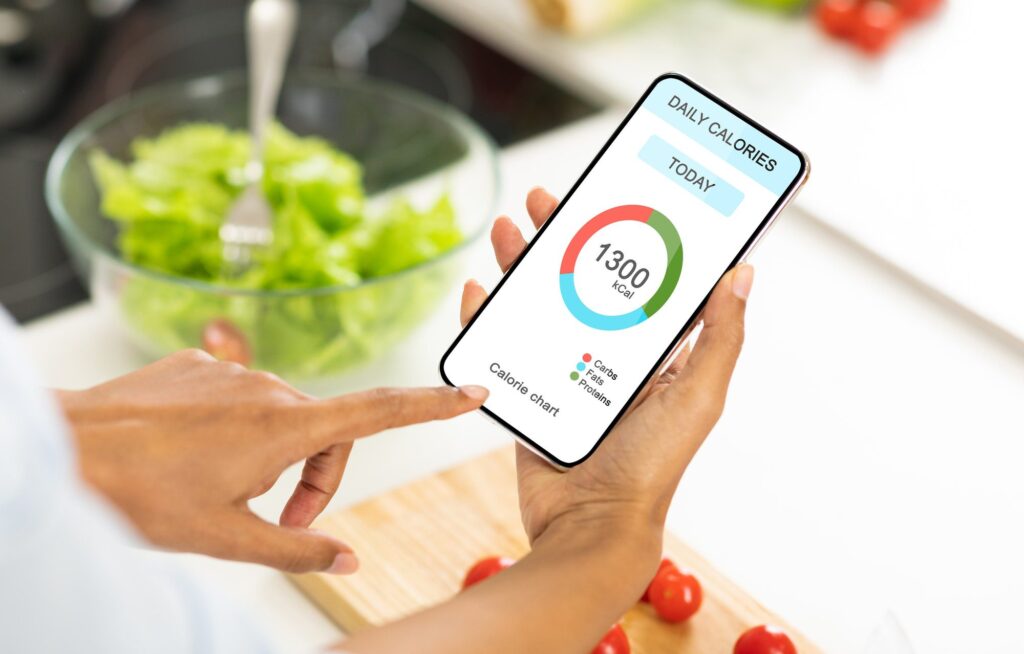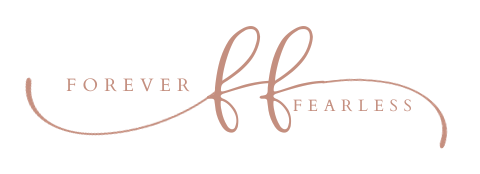Did you set yourself some new years resolutions around healthy eating this year? If you did, you’re far from alone. Every January, so many people decide that it’s time to get fit, healthy and in shape – and this sees a surge in searches for healthy food, new gym memberships, and personal training sessions. This, of course, is great. Living a healthier life can often mean living a happier and more comfortable life. But the problem is that so many of us begin to struggle with these resolutions and fail a few weeks in. Seeing as we’re roughly hitting that point now, it’s time to restart your motivation and help you along the way. So, what does it take to create a healthy and balanced diet that you can stick to long term? Here are some suggestions that should help you along the way.
Avoid Fad Diets
First and foremost – and this can’t be emphasized enough – it’s important to avoid fad diets. Sure, they can be tempting. But there’s a reason that they don’t really work too well with all too many people – they simply aren’t sustainable. Sure, fad diets can see you shed a lot of weight in a short period of time. But you can’t continue such restricted diets in the long term and you can find that you struggle to maintain a healthy weight and eating patterns when coming out of the diet. Instead, it’s so much better to be patient, take your time, and permanent change to a healthy, balanced diet with occasional treats in moderation.
Meal Prep and Meal Plan
All too many of us fall into the grip of junk food, takeaways, drive-thrus, and ready meals because of convenience. But these foods are usually nutritional devoid and packed with sugars, salts, and saturated fats. Instead, you can keep on track with healthy eating by making sure you have meals planned and prepped in advance. At the start of each week, create a meal plan that will cover you for the week ahead and get your groceries delivered. Get the ingredients you need and prep those you can. This could involve spending some time chopping all the vegetables, making the sauces or taking other steps that can then be stored in the fridge until you’re ready to combine everything, heat it up and eat the meal.
Understand Calories

Calories aren’t a bad thing. Calories aren’t the enemy. Instead, calories are just a unit of measurement that is used to determine how much energy is in different foods you might consume. It’s important that you know the right amount of calories that you should be aiming to consume each day. This will then allow you to plan meals that sit within this calorie count. The amount of calories you should be consuming will differ depending on your age, sex, and activity levels. The guide below will give you a rough idea.
- Children aged 2 to 8 – 1000 to 1400 calories
- Girls aged 9 to 13 – 1400 to 1600 calories
- Boys aged 9 to 13 – 1600 to 2000 calories
- Active women aged 14 to 30 – 2400 calories
- Sedentary women aged 14 to 30 – 1800 to 2000 calories
- Active men aged 14 to 30 – 2800 to 3200 calories
- Sedentary men aged 14 to 30 – 2000 to 2600 calories
- Active adults over 30 – 2000 to 3000 calories
- Sedentary adults over 30 – 1600 to 2400 calories
Make sure to create meals that fall within your calorie count and you will ensure that your body has enough fuel to get through the day, but that you aren’t under or overeating either.
These steps are simple to implement once you get into the habit and swing of things. Hopefully, they’ll help you!




